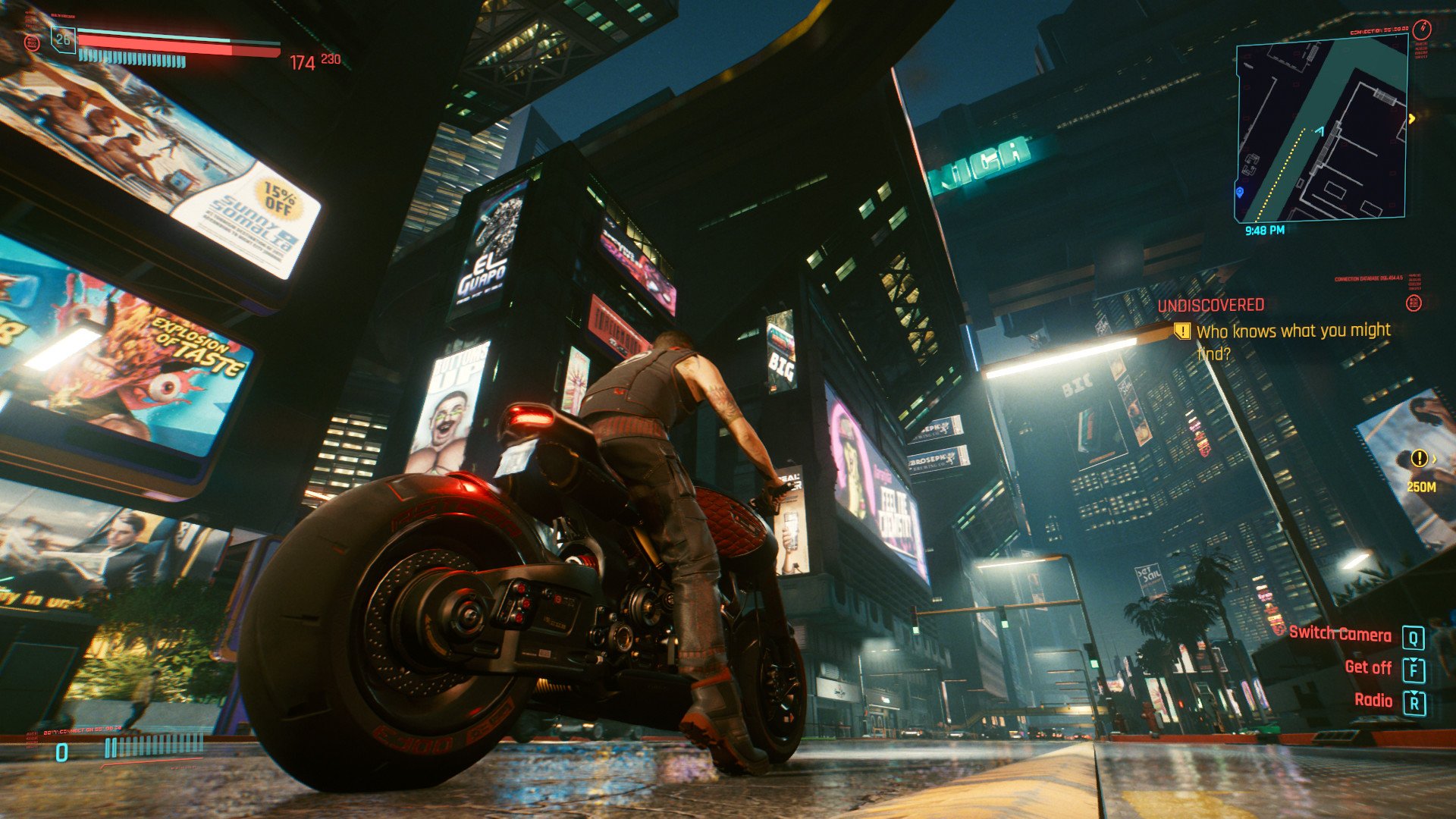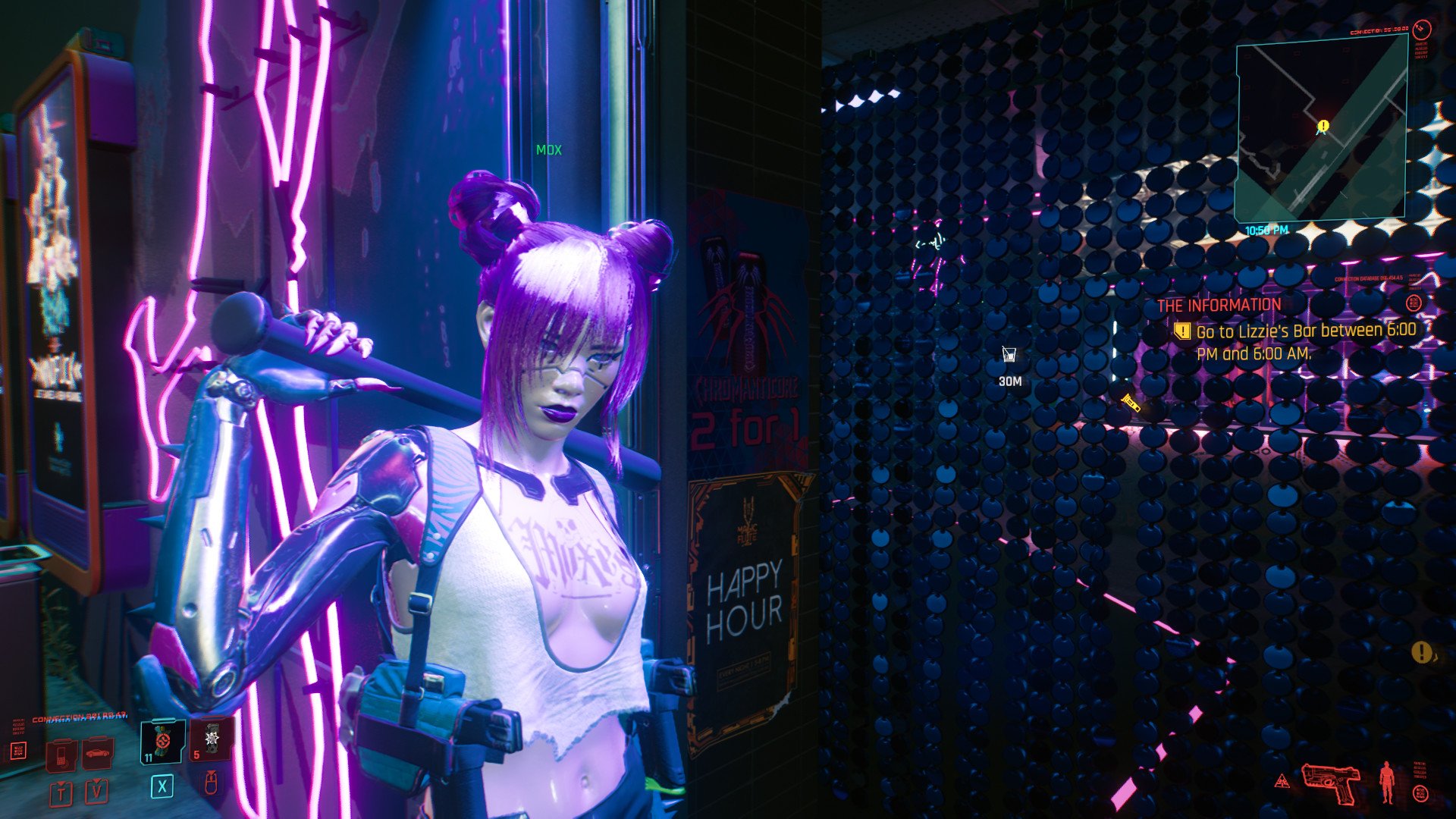Cyberpunk 2077 must-know tips: Building a character, making money, and more
We love Cyberpunk 2077, but it can be disorienting at first.

I just played Cyberpunk 2077 through to completion for our big review, and as I write this, I'm still reeling from the experience. Cyberpunk 2077, for me, represents the pinnacle of what this creative medium is capable of, and I only hope it's not the last time we see a game try to achieve something so grand and complex. Emphasis on the complex.
Cyberpunk 2077 is amazing, but it can be disorienting. The game throws layers upon layers of in-world terminology, atop RPG systems inspired by Cyberpunk 2077's tabletop predecessors.
Having now completed the game on PC, here are some things I'm going to pay closer attention to for my second playthrough when I hit the game up on Xbox Series X once it hits the streets on December 10.
Cyberpunk 2077: Quick Tips
- Be sure to specialize your character for a specific playstyle, or you might spread yourself too thinly.
- You can only equip three weapons at a time, so it's a good idea to orient around a couple of types.
- Even if you're not specialized for a certain weapon, they can still be viable, just perhaps less convenient. For example, sniper rifles may be heavier to use, or tech weapons may charge slower.
- The weapon types are pistols, revolvers, rifles, shotguns, heavy sniper rifles, light machine guns, katanas, and blunt melee weapons like baseball bats.
- All of the guns come in three main variants. Power guns are typical modern-day style guns. Smart guns fire homing projectiles and can shoot around corners or over cover at an angle. Tech weapons can be charged up and fire a microwave pulse through obstacles.
- The cybernetic arm implants like the Mantis Blades seen in the trailers can be purchased from ripper docs while selecting the arm upgrades.
- Your CPU deck can be upgraded at ripper docs with specific implants for different playstyles. One slows downtime by enhancing your reflexes, one sends you into a berserker-style rage, and another serves as a platform for uploading hacks into enemies.
- Different ripper docs have different supplies. One might specialize in gear for melee fighters, while another might specialize in stuff for hackers.
- You can play the game without killing anyone, using non-lethal quick hacks, non-lethal takedowns, and non-lethal weapons.
- The best ways to earn money are to do side quest "Gigs" for mercenary Fixers, similar to The Witcher 3's monster hunt contracts. Following the requirements of the Gig (i.e. pure stealth, or no-kills, etc.) can increase your payout.
- The game's main storyline is comparatively short to The Witcher 3, at around 20-25 hours. However, hitting up the game's varied and deep trove of side quests can easily extend the playtime into the 50s or beyond.
- Take the time to experience the game's side quests, gigs, and explore the yellow question marks on the map. Some of the coolest quests in the game come from these side objectives.
Cyberpunk 2077: Building a character
Cyberpunk 2077's character builder gives you a large amount of control over the visual style of your V, including cybernetics, body, and facial features. How you present your personal V doesn't have any particular bearing on gameplay, but how you choose to prioritize stat weights can dramatically alter how you play the game.
There are both Attributes and Perks to pay attention to as you play. Attributes govern passive bonuses to certain stats, such as crit chance, damage, melee damage, gun accuracy, and so on. But additionally, attributes govern how many perk points you can put into any particular skill. For example, if you want maximum perks for wielding handguns or blades, you'll need to prioritize dumping attribute points into Reflex.
- Intelligence: This revolves around hacking, primarily, with Quick Hacking and Breach Protocol as the main Perk trees. Quick Hacking is the closest thing you get to "magic spells" in the game. You can cause enemy CPUs to overheat, short circuit their cybernetics, and at higher levels, force enemies to commit suicide. Breach Protocol is a blanket hack that affects an entire enemy subnet. Using this, you can turn off enemy cameras and turrets en masse, and debilitate an entire squad of enemies with crippling debuffs.
- Reflex: Reflex governs all assault rifle skills, handgun skills, and blade skills. If you wanted to make a nimble stealth ninja wielding a katana, high Reflex with a focus on blade perks would be necessary. If you wanted to play a James Bond-like agent with a silenced pistol, grabbing some of the perks for bonus headshot damage with handguns would be necessary too.
- Body: Body is all about strength, whether it's punching foes to death with cybernetically-enhanced arms or wielding some of the game's more powerful heavy weaponry. The perk trees are Annihilation, all about dealing damage with heavy weapons and shotguns. Street Brawler, which orients around blunt weapons, and then Athletics, which is about stamina and movement. Body is all about heavy armor, stamina, ignoring cover, and taking enemies head-on, with a side order of being able to rip doors out of their hinges instead of lockpicking them.
- Cool: Cool factor governs Stealth, helping you to avoid being spotted entirely. There's also a perk tree here called Cold Blood which grants stacking bonuses for killstreaks. Cool also can have bonuses in scenarios where you may need to persuade someone.
- Tech: Tech tree is a bit of an odd one. It gives you bonuses to crafting and upgrading your weaponry while also boosting tech weapons specifically, which blast some type of energy that can penetrate walls. I went for tech on my first playthrough but found that I rarely had enough of the specific materials needed to upgrade anything anyway. It does, however, give you bonuses for accessing certain doors or access points, too.
Every time you level up, you gain an attribute point and a perk point. You can also gain additional perk points for simply using the associated skills or finding them in the field as items on occasion. You can spread your attributes and perks out evenly, but it's better to specialize. Some of the game's most powerful toys have high attribute requirements. When I finished the game, I was about level 30 and had wasted a fair few points across different attributes unnecessarily.
Cyberpunk 2077: Earning cash, and quest types
Cyberpunk's quests are split into four essential categories, known as Gigs, Side Missions, and Main Missions. There are also ambient missions that are untracked, that sometimes appear as you ride around as a blue icon. These are local bounties on crimes-in-progress, offered up to mercs to solve by the Night City Police Department. Taking out some gangoons as you drive around can be a quick way to earn a little bit of EXP and cash as you drive to your next main objective.
All the latest news, reviews, and guides for Windows and Xbox diehards.
My first playthrough of Cyberpunk 2077 took me between 25 and 30 hours while skipping the vast majority of the game's side missions. Many of the main characters have story arcs that you can work through that come with epic setpiece moments and evocative plot points. You should try to complete as many of these side missions as possible, as they can have an impact on the game's branching endings.
Gigs are smaller, less story-driven quests, offered up by a district's local merc Fixer. While some of these missions can be relatively simple, perhaps stealing a truck or assassinating a corporate stooge, others can be surprisingly complex and mysterious. Generally, gigs are quite short and come with big paydays if you complete them to your Fixer's specification. Some of the game's biggest upgrades and items can be extremely expensive, so you'll want to do some of these gigs to earn enough to buy them.
Cyberpunk 2077: Grabbing upgrades and cybernetics
Like any self-respecting RPG, keeping your gear well-maintained is an important part of Cyberpunk 2077. Some missions will list themselves as "High Risk," in red text, indicating that your gear isn't powerful enough, or your level isn't high enough, for the enemies therein.
Usually, weapons drop from enemies in all shapes and sizes. Every now and then, you'll also happen upon "iconic" gear that has a unique design, usually offered as part of the story. Regardless of the type of gear you receive, you can upgrade these via the crafting menu (and you can make crafting easier by using the Tech attribute tree).
Crafting is done entirely via the menu. You can disassemble guns and gear you pick up in the field into parts, which can then be spent on upgrading existing items you like. Many of these weapons also come with mod slots and attachment slots for things like silencers, scopes, and so on. You can find mods and attachments in the field or occasionally from shops found throughout Night City.
You can customize your playstyle further with cybernetic enhancements purchased from the various ripper docs in the game. Each ripper doc seems to specialize in a different type of cybernetic, and we're still trying to figure out where they all are. For example, the Pacifica ripper doc specializes in netrunner gear. He sells the best CPU deck I've found in the game, giving you eight slots for usable Quick Hacks in combat. Quick Hacks are crafted from parts recovered from hacking into Access Points, but you also need to unlock them via the Quick Hacks perk tree before you can make them.
I saw another ripper doc that could replace the CPU deck with something that boosts your reflexes to slow down time, ideal for a katana-wielder. These ripper docs also sell arm cybernetics, which is for things like the Mantis Blades seen in the trailers or Gorilla Arms for punching enemies into paste.
Exploring Night City's cybernetics vendors and doing side gigs to earn cash will help you to quickly become a walking tank, cyborg ninja, or hacker extraordinaire.
Cyberpunk 2077: Take it slow, savor it
If you rush through all of Cyberpunk's dialogue and skip every side quest, you could probably complete it in 10 hours or so, but it'd be a pretty rough ride. Some of the later enemies can be exceedingly tough if you don't have the right counters for them, and skipping side missions will ensure you end up pretty strapped for cash most of the game. Cybernetics ain't cheap; who knew?
My ultimate advice for Cyberpunk 2077 is to savor it and take it slow. Do all of the side quests you can find, take in the world and its sights, read the logs you find, and immerse yourself in this truly wonderful universe CD Projekt RED has brought to life. There's no need to rush it, and the game gives you ample time to experience side objectives since some main quests require a couple of in-game days to complete.
Cyberpunk 2077 is an experience that will stay with me for a long time, and I regret having to rush through most of the side content to hit the review embargo. Don't make the same mistake! Savor it because games like this are becoming a rarity.

Jez Corden is the Executive Editor at Windows Central, focusing primarily on all things Xbox and gaming. Jez is known for breaking exclusive news and analysis as relates to the Microsoft ecosystem while being powered by tea. Follow on Twitter (X) and tune in to the XB2 Podcast, all about, you guessed it, Xbox!







